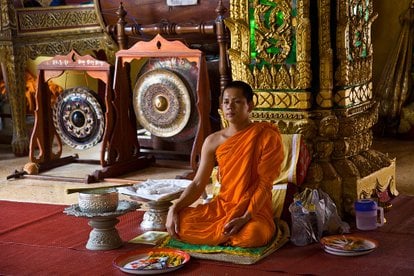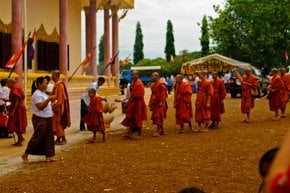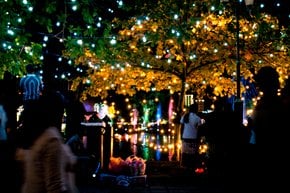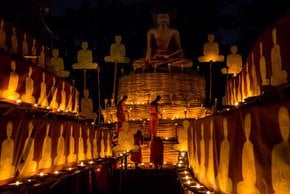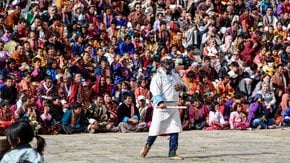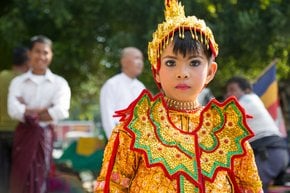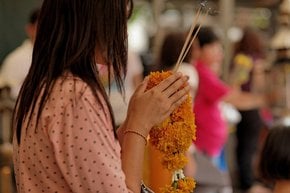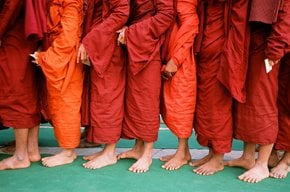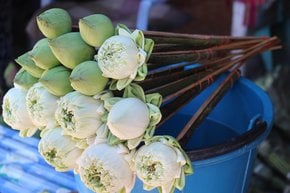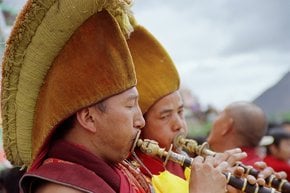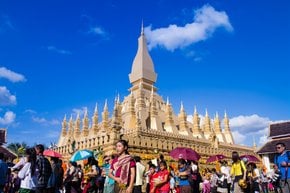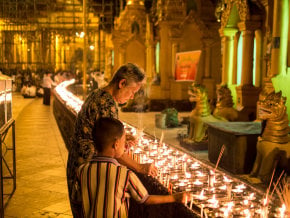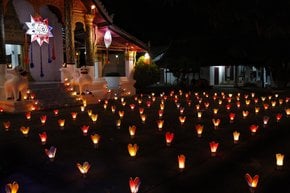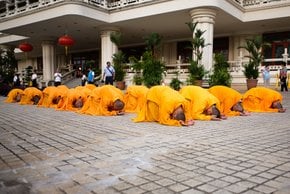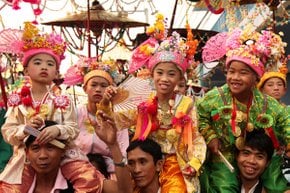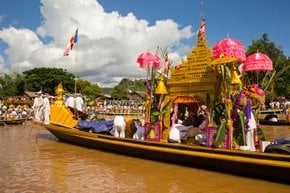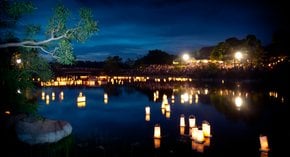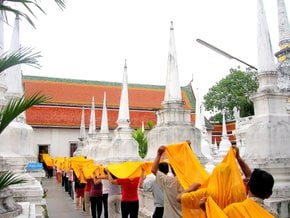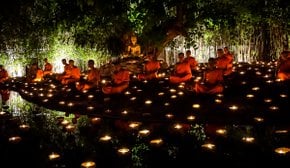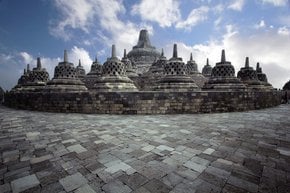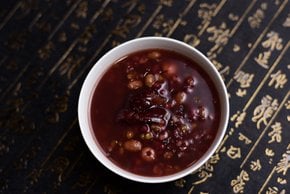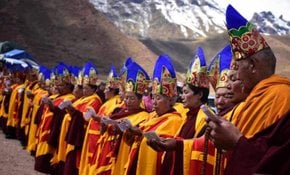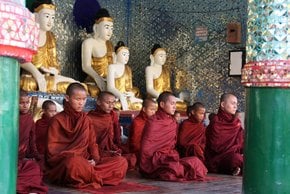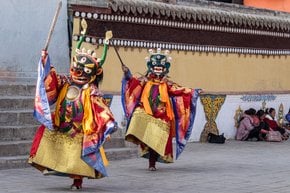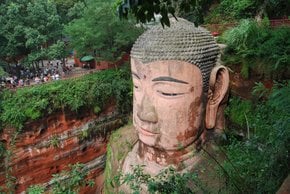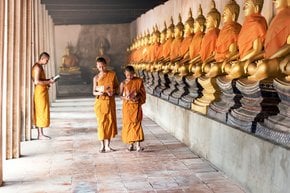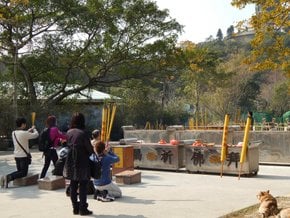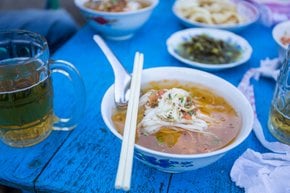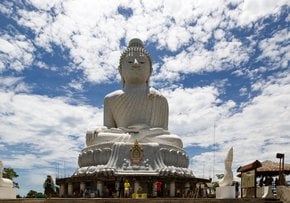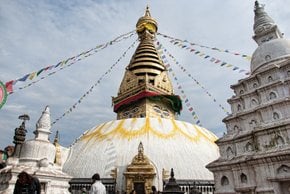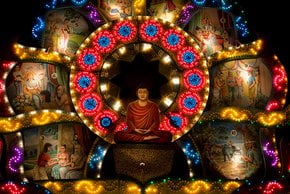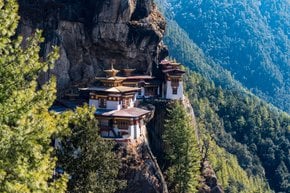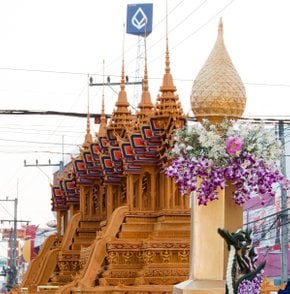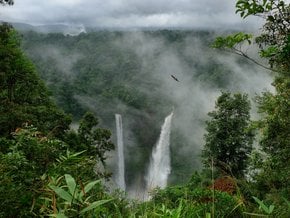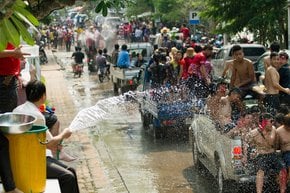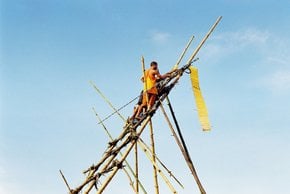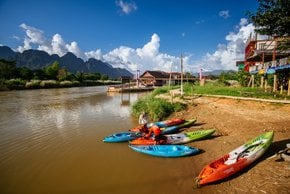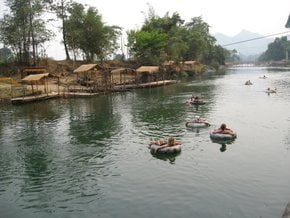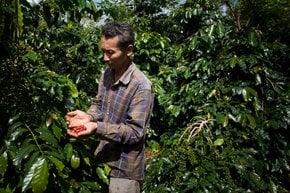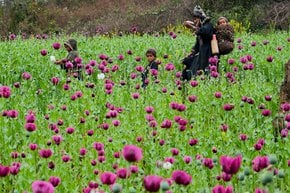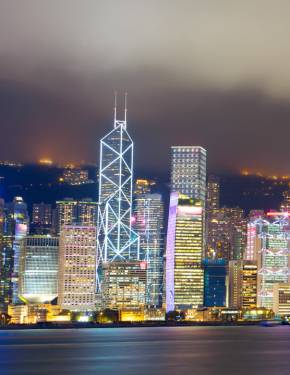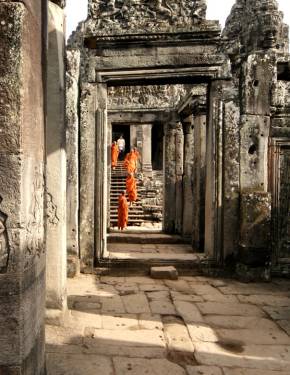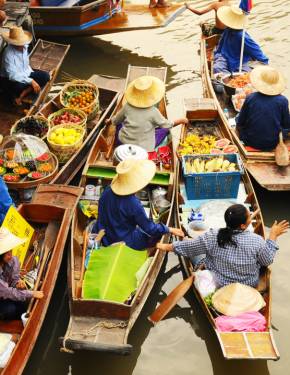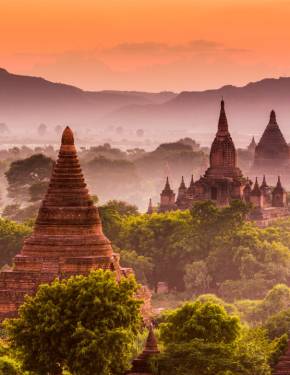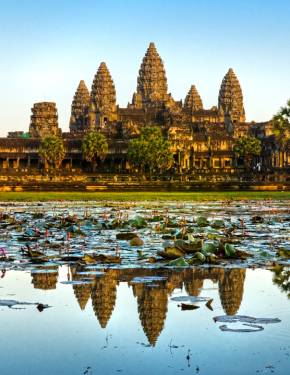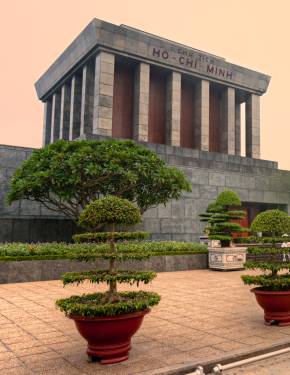Meditation during Buddhist Holidays in Laos 2025-2026
Calm your mind and practice wholesome meditation in a Lao Buddhist temple
Best time: October–July
Laos may seem a country of contradictions. While "tubing" and Lao-Lao whiskey is an aim for some tourists, others look to visiting temples and calming their minds in spiritual retreats. While temples are almost always open for visitors, it isn't easy for western people to participate in true meditation with monks.
Major cities offer one-time practice in meditation and lectures on Buddhism for tourists, but this can only give a general overview. To get a full experience, the "Forest Temple" is the best place to be. Located about 20 km from Vientiane, Wat Pa Na Khoun Noi allows every person to participate in longer retreats. Some monks in the temple know English so that they can assist with interpretation. Visitors are given a place to sleep, issued white clothes to be distinguished from monks and novices and asked to follow the procedure of "level eight," which is the daily schedule of every inhabitant of the temple. Over a few days in this religious community, visitors learn different ways of meditation, listen to Buddha's teachings, and can try to calm their mind.
The Forest Temple welcomes people at any time, but for a better experience you might want to come during one of the many religious holidays—the beginning or end of the Buddhists lent, Lao New Year, the birthday of Buddha, etc.

